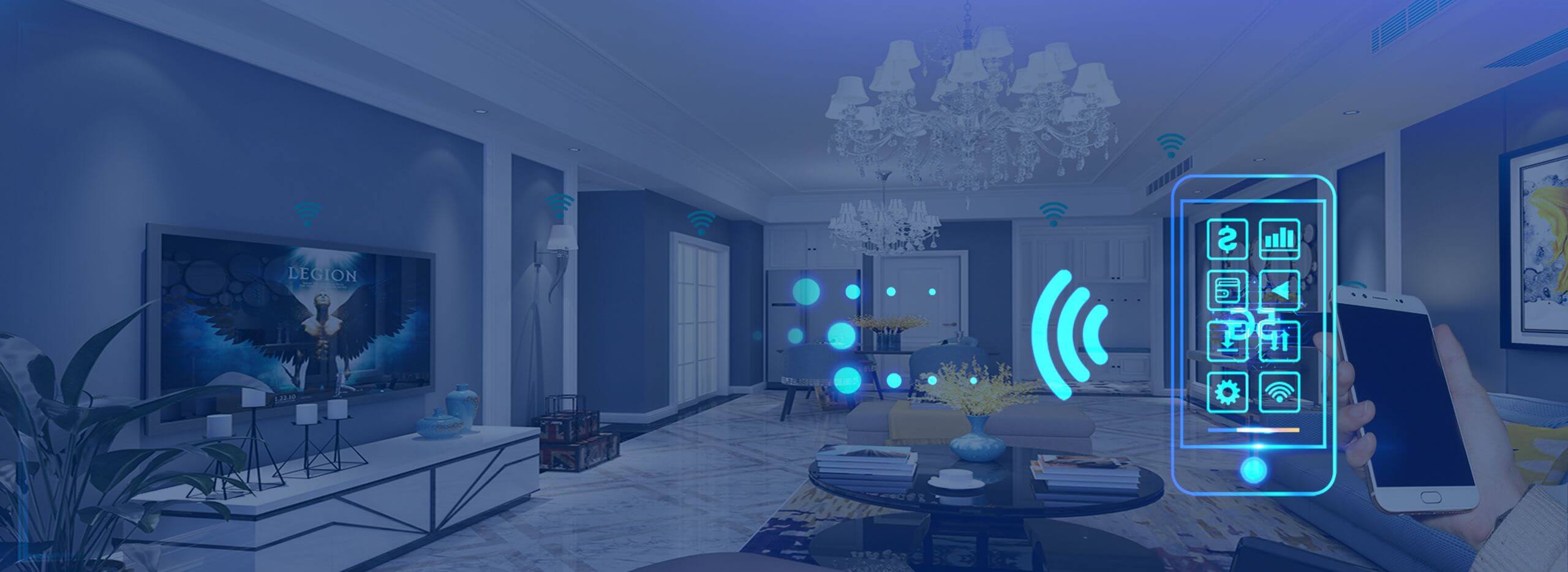In the fast-paced digital age, the ability to manage and control your computer remotely has transformed the way we work, troubleshoot, and stay connected. Whether you're a business owner, an IT professional, or someone who wishes to access their personal machine from afar, enabling remote access to your computer control panel can be a game-changer. It brings unparalleled flexibility, convenience, and control, but it also comes with its own set of considerations—especially relating to security.

Imagine you're traveling, and suddenly a crucial document stored on your home PC becomes urgent. Rather than waiting until you return or risking sending sensitive files over insecure channels, your remote access allows you to log in securely, navigate your control panel, and retrieve or modify what you need. This seamless connection not only saves time but also offers peace of mind—that your system can be managed at a distance without physical access.
To get started, understanding what remote access actually entails is key. Essentially, it refers to the ability to connect to a computer from another device over a network—be it local or the internet—and gain control as if you were sitting directly in front of it. The control panel of your operating system contains vital settings for system management, user accounts, hardware configurations, and more. Granting access to this panel means empowering yourself or trusted others to make changes remotely.
The first step towards enabling remote access involves choosing the right tools. Many operating systems have built-in solutions. For example, Windows offers the Remote Desktop Protocol (RDP), while macOS provides Screen Sharing and remote management through Apple Remote Desktop. There are also third-party applications like TeamViewer, AnyDesk, and Chrome Remote Desktop, which often come with added features and user-friendly interfaces.
However, before diving into setup procedures, it’s worth reflecting on the potential risks. Opening up your control panel to remote access can be akin to leaving your front door unlocked—in controlled circumstances, it’s convenient, but if not properly secured, it invites unwanted visitors. Cybersecurity threats such as unauthorized access, malware infiltration, and data breaches are real concerns. Thus, striking a balance between accessibility and security is essential.
The benefits of allowing remote access are manifold. For starters, it enables quick troubleshooting—IT support teams can diagnose and resolve issues without being physically present. Employees working remotely can access essential software and files, maintaining productivity regardless of location. For personal use, it simplifies routine tasks, like updating settings, installing updates, or managing backups—saving time and effort.
Despite these advantages, you should approach remote access configuration with caution. Here’s how you can do it thoughtfully:
Evaluate Your Needs: Determine which level of access is necessary. Is full control needed, or just viewing capabilities? Always grant the minimum privileges needed to perform required tasks to minimize risk.
Choose Secure Tools: Opt for solutions with built-in security features such as strong encryption, multi-factor authentication, and session logging. Well-established applications tend to be more trustworthy than obscure third-party tools.
Set Strong Passwords and Use Two-Factor Authentication: Since remote access opens pathways into your system, robust passwords are non-negotiable. Combining passwords with multi-factor authentication adds an extra layer of security.
Configure Firewalls and Network Settings: Adjust your firewall rules appropriately, allowing remote access only from trusted networks or IP addresses when possible. Port forwarding should be handled carefully—preferably using VPNs to encapsulate connections.
Keep Your Software Up to Date: Regularly update your operating system, remote access tools, and security software to patch vulnerabilities.
Limit and Monitor Access: Remove unnecessary accounts, monitor connection logs for suspicious activity, and revoke access when it’s no longer needed.
Use VPNs When Connecting Over the Internet: Virtual Private Networks encrypt your internet traffic, making remote connections more secure, especially when accessing outside of a trusted local network.
Implementing these steps involves technical know-how, but it pays off. Proper configuration not only guarantees smooth remote management but preserves your system’s integrity and your peace of mind.
In the next section, we will explore practical setup guides for different operating systems, discuss common issues encountered during remote access configuration, and share expert tips to troubleshoot problems, ensuring your remote control panel access remains both effective and secure.
Leveraging innovations in modular drive technology, Kpower integrates high-performance motors, precision reducers, and multi-protocol control systems to provide efficient and customized smart drive system solutions.




































